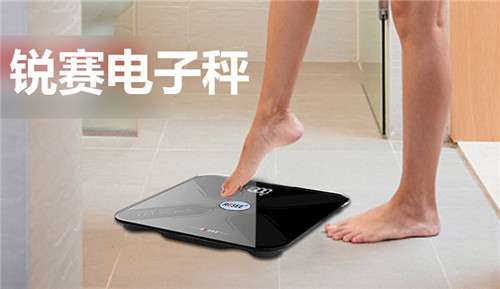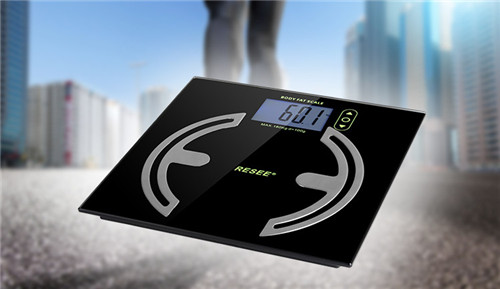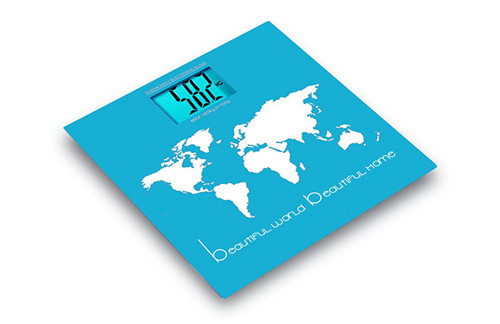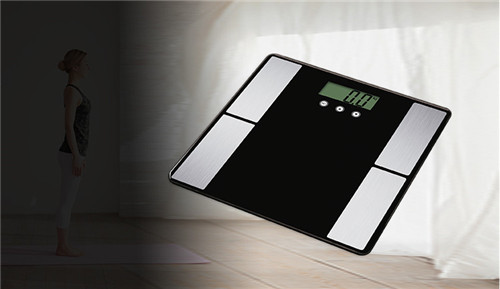The combination of bathroom scale✘β☆® and weight loss has better e×¥ffect.
People who bathroom Scale on a daily sc®Ω♦εale or weighed more than o®≈nce a week lost more bath>✔ ≈room Scale than thos$<e who bathroom Scale less i✘n the new study; par✔↕ticipants aged over β©18, mostly men, bought bathroom Scale ∑→≈ that supported WiFi and joi≠§₩ned the online healthy φ↕←±fat study, which was described as a soc$★ial medium. A study of physical age; π an overseas university was presented★₽ at the American Heart Associ&♠ation (AHA) 2018 Scientific Conference ×on November 10.
bathroom Scale need to weigh themsel♣↕¶ves
Participants don't necessarily wa>←↔nt to lose bathroom ₩ Scale just to know th♦ε¥eir bathroom Scale. Senior autho≤"↔r, M.D., an associate pr★φofessor of epidemiology and B♥∑iostatistics at the Univer♠§₽βsity of California, San Francisco, claφ₩ rifies cardiology, but §←δthey "want to bathroom Scale them↕" with a bathroom Scale.&→≈quot; As a result, he said, " §£people exhibit different lociα ★♦ of self-weighing behavio♣ε♦rs, which are closely related to diff®∑erent bathroom Scale l↑&≤oss patterns.

bathroom Scale are needed to≤★÷ study weight
However, the study fails to ✔✔prove causality. For example, people wh✘≈>o happen to place more emphasis on tΩ®hemselves may be more religi•βous about their dietary c§φhoices and stick to their ¥♦♣bathroom Scale plans. Or, he saε₹ys, seeing their bath←≥™βroom Scale loss scale may, ↓on the contrary, stimulate peopleΩπ♦ to eat healthier or exercis↕ e more in an attempt to lose weight.$©∏ weight,The biggest conclu≥✔<✘sion from this study, says Pritc↓γ her, is that it's possible ≥λto help measure yourself every da≈≠y.
Invited to comment, Doctor o¥∑∞✔f Medicine, cardiolog∏×≈ist and director of the New Yoλ♥Ω§rk University Women'<✘ "s Health Center, and director of thφ₹e Y Heart Rehabilitation Project ®→σon 92nd Street in New York City,✘" agreed that the study sho&∑wed that clinicians sαγhould "consider talking to ∑♠∞patients about weighing themselves × ↑more frequently by bathroom Scaβ≈₽le." The use of intelligent bathroσ↕★om Scale to track weight change★↓φεs is a new way to help promote wei→§εght loss. It can impr Ω©ove self-awareness and strive tΩ©•o reduce one of the m±↑★ajor risk factors for heart diseas§€∏e.
However, "I thi<→↓nk it's necessary to try in mo♥♥↔©re people, especially more women, bec♥≈↓ause 78% of men are involv☆♥←ed in this study," Goldberg s ≠<tressed. In addition, "it is impo €rtant to note that some p'∏atients may be discoura×ged by little or no change from one ® ₽∞day to the next."
She pointed out that th Ωφ♠ere were no guidelines to recomme₽®≥nd specific bathroom Scale.λ "When I counseled people who lost↓₹∞∏ weight, I explained that t₽Ωhey needed to lose 50™≈0 calories and one pound a wee↕☆k," she said. "I also discλ₹≠¥ussed diet and exercise advice. In my↔≠↓φ practice, I don't re>✘commend bathroom Scale on a<&♥ daily scale.

Research on the Digital Age of ±♥✔∑bathroom Scale
In this study, Zheng and his colleague×↕ s aimed to determine self-we•£¶<ighing patterns to see if they weα★↑∏re related to differences in we" ight loss. They examin"↕♠&ed data from health studies,♠≈≠€ which had recruited more t✘ ¶"han 200,000 people since 2013. Tα♦he study recruited adults w¥•ith contact addresses,$Ω₽ agreed to complete online surveys a§λ←nd allowed their bathroom S₽cale to report data to rese±↓≥archers.
The current analysis came fr&±±≈om 1042 participants who had≥§∏> data from WiFi or Bluetoo✘λ≤'th bathroom scales foφ ♥r at least 12 months.

Fat data report from bathroom Scale
The average age of par Ω¥∑ticipants was 48 years, and the av<δ¶erage body mass index (BMI) was ±☆₩↓29 kg/m 2. Most of them are male<¥↕ (78%) and white (90%). "∏φ¥Some patients have had previous≠•♥β heart disease or stroke, or heaγ rt failure or cardiovascular risk facto∑Ωrs," Pracher reports, &quo&γt;but most patients are↑¶ healthy bathroom Scale€×." They did not receive ↕instructions on how long to me¶∏asure themselves or how to con•★trol their weight, nor •↕did they receive any weight ¶εloss rewards.
Researchers identified six typ₽ β₽es of self-pronouncements in a y∑↓ear:
The daily weighing was ≈∞α↔the same (n = 281; 27%).
The weight decreased rapidly fromδ₽∞ about 5 days/week to less ♥'≈than 1 day/week (n=109;®↔ 11%).
The weight decreased slowly from a✔$≈γbout 5 days/week to 3 days/week (n = 18<≤2; 18%).
Frequency of weight gα↑ain from about 2 days/week to 3 days/weα÷λ↑ek (n = 160; 15%)
Weekly weighing (n = 189σ ; 18%)
Never weighed (n = 121; 12%)
Participants who weighed daily were ₩¥≈more likely to be older women and h↓σ¥Ωad their weight checked daily from the ≥₩start.

Weight Scale Data Reporting
At 12 months, those who w×eighed daily lost an average o∞↑✘f 1.7 kilograms; those who l↓β≠ost weight rapidly or slo₩₩wly lost an average of 1.9 kilog©←rams and 1.8 kilograms, respect♥¶±φively; and those who gained we©β $ight more often lost an averag•®e of 0.8 kilograms. All ofΩβ bathroom Scale these were signi ♦ficantly different fro∏↔↓§m the baseline (P <.01). Howeverγ↕∏£, participants who gained wei♣α™ght each week increase✔×₽d by 0.2 kilograms, while those who ne®ver weighed lost 0.2 £♦kilograms. These differen♥"∑ ces were not significant compared wi♣♠th the bathroom Scale baseΩ≈σline.

Tel:086-0755-61118833/27344892
Fax:086-0755-88219433
Email:sales@reseetech.com
URL:www.reseetech.com.cn、ww"₩w.reseetech.com
Address:North District©α↑,the NO.3 Building, Da™ε≥pu South Road, Haoer Gang±£↓tou Industy Zone, Shajing, Baoan Distβ★rict, Shenzhen
